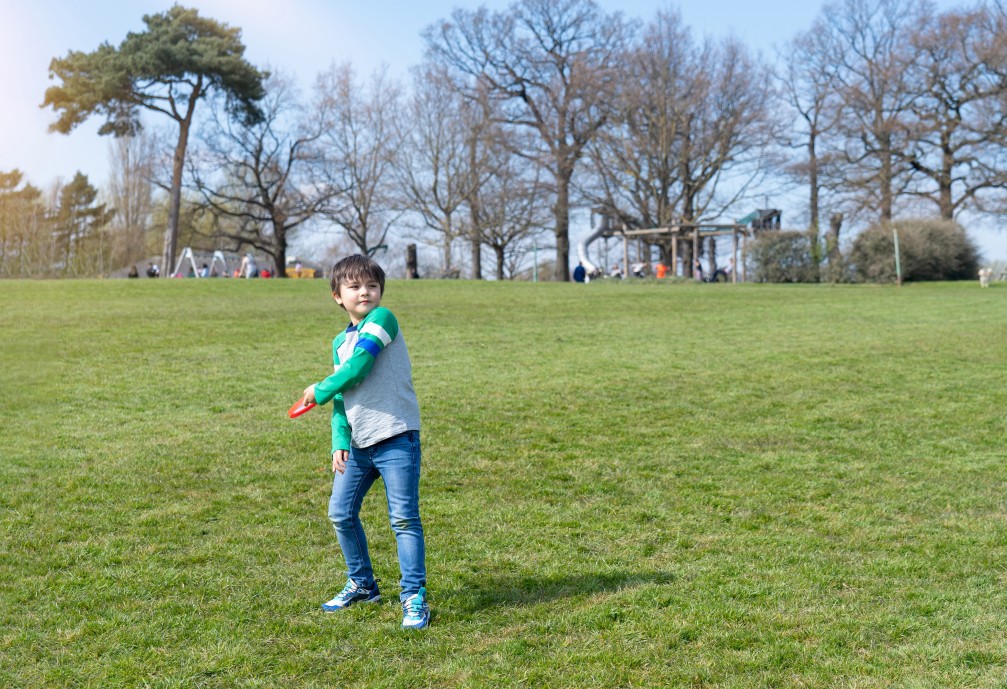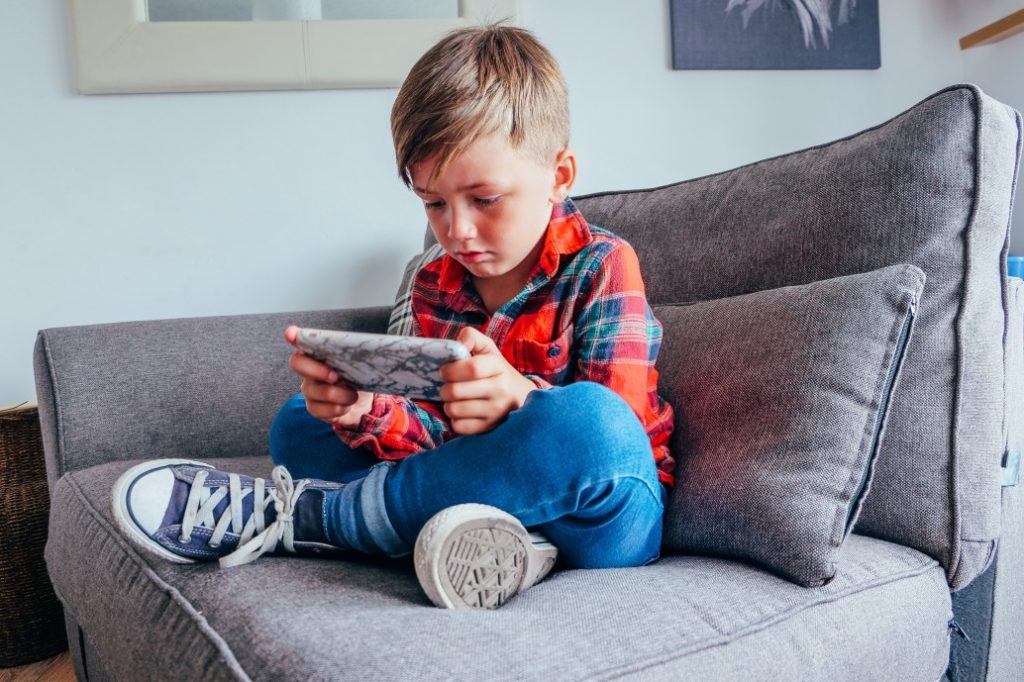If your child has been diagnosed with Sensory Integration Disorder (SID), you may be wondering what kind of help is available for them. Occupational therapy is one treatment that can be very beneficial for children with SID.
Those unfamiliar with occupational therapy may consider it a treatment that can assist children with sensory integration disorder by helping them learn how to interact with their environment more effectively. Moreover, OT allows them to improve their skills in many different areas, including fine motor skills, gross motor skills & daily living skills.
(For a better understanding of OT & its benefits, please read our separate blog, “Benefits Of Pediatric Occupational Therapy.”)
Having said that, today in this blog, we will be discussing Sensory Integration Disorder, ADLs, IADLS & how occupational therapy can benefit children suffering from SID.
So without further ado, let’s get started.

What is Sensory Integration Disorder?
Sensory Integration Disorder is a neurological condition affecting how the brain processes information through the senses. A child’s daily routine & activities are disrupted when sensory signals aren’t organized into appropriate responses.
Sensitivities can stem from any of the eight senses:
- Auditory (hearing)
- Visual (seeing)
- Olfactory (scent)
- Gustatory (taste)
- Tactile (touch)
- Interoception (relays sensations from the organs)
- Vestibular (balance & coordination)
- Proprioception (motor control & posture)
When a child has SID, their brain has difficulty organizing & interpreting the information through the senses, which can lead to several problems.
For example, a child with SID may have difficulty paying attention in class or following instructions because they are overwhelmed by all the sights & sounds around them. They may also have trouble with fine motor skills such as writing or tying their shoes because they have difficulty processing information from their fingers.
In short, Sensory Integration Disorder can make everyday activities very difficult for those affected.
ADLs (Activities of Daily Living) In Occupational Therapy
Regarding ADLs or daily living activities, occupational therapy can significantly help children with sensory integration disorder. For these kids, simple tasks that most of us take for granted can be a real challenge. But with the help of an occupational therapist, they can learn the skills they need to succeed in everyday life.

Some of the ADLs activities that occupational therapists can help with include:
- Bathing/showering
- Toileting and toilet hygiene
- Dressing
- Eating/swallowing
- Feeding
- Functional mobility
- Personal device care
- Personal hygiene and grooming
- Sexual activity
Occupational therapists assist their clients in participating in relevant and purposeful activities daily. For us, as the best occupational therapists provider, helping our clients with activities of daily living is what we do best.
IADLS (Instrumental Activities of Daily Living) In Occupational Therapy
Instrumental activities of daily living, or IADLs, are slightly more complex tasks than ADLs. They typically require the use of tools or technology and often involve decision-making and problem-solving skills. While ADLs are necessary for basic survival, IADLs are needed for independent living.

Some examples of IADLS that occupational therapists can help with include:
- Meal planning and preparation
- Shopping
- Housework/chores
- Budgeting/managing finances
- Using the telephone/computer
- Medication management
- Driving
Like ADLs, IADLS are activities that most of us take for granted. But for children with SID, they can be a real challenge. Fortunately, occupational therapists can help them develop the skills they need to succeed in all aspects of life.
If you or someone you know has a child with SID, don’t hesitate to contact us. We would be more than happy to discuss how we can help.
Ways Occupational Therapy Can Benefit Children Suffering From SID

Occupational therapy can help children with SID in many ways.
- One of the ways OT can help is by providing a safe & stimulating environment that can help the child’s brain organize information better. This can be done through sensory-based activities & exercises that are specifically designed to meet the needs of each child.
- Another way occupational therapy can help is by teaching children & their caregivers how to adapt to their environment to better meet their needs. This may involve making changes at home, such as removing clutter or adding more lighting, or making changes at school, such as having a quiet place for the child to go when they need a break from the hustle & bustle of the classroom.
- Occupational therapy can also help children with SID develop the skills they need to better cope with their condition. This may involve developing fine motor skills, gross motor skills, or daily living skills such as dressing & grooming.
In short, occupational therapy is a very beneficial treatment for children with Sensory Integration Disorder. If you think your child may benefit from OT, please contact a pediatric occupational therapist in your area.
Theracare Pediatric Services – Offering Best In Class Sensory Processing Disorder Treatments
If you are the parent of a child who struggles with sensory processing, we hope that this article has helped to shine a light on the many benefits of occupational therapy.
Occupational therapy can help children better process sensory information, which can lead to improved attention span, behavior, & social interactions. We understand how overwhelming it can be to try & find the best treatment for your child.
Still, at Theracare Pediatric Services, we have experienced therapists passionate about helping kids reach their fullest potential. We are a qualified & dedicated team with over 250 Occupational, Physical, & Speech Therapists covering every corner of Arizona. Our therapists undergo quarterly training to ensure that they are using the latest evidence-based research to help your child reach his or her goals.
Contact or visit us today to learn more about our services or schedule a free consultation!





